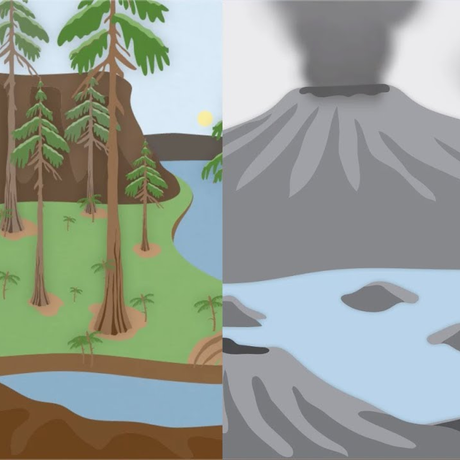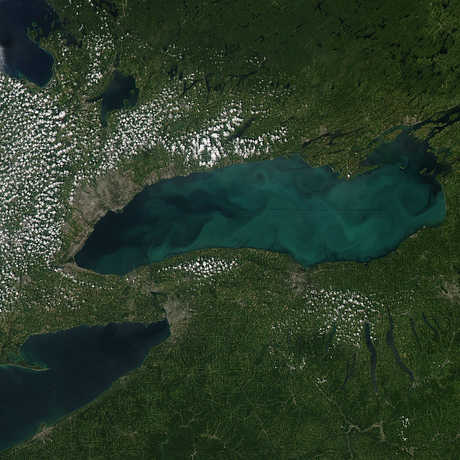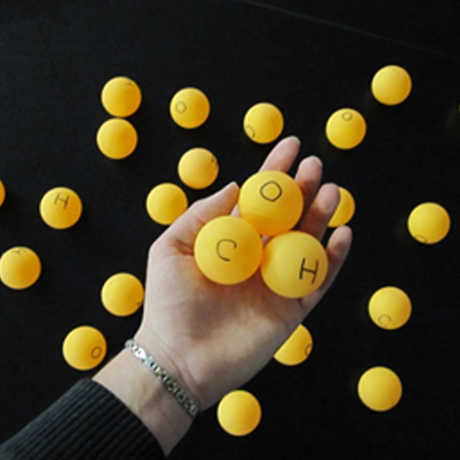Our collection of educational videos will help your students visualize data and understand scientific concepts.
How does the environment affect species? Looking at juniper and cypress trees, Dr. Nathalie Nagalingum shares their history and how they evolved during a cold and dry period in Earth's history. She also explores how current climate change might affect these trees and other plants.
About This Video
Grade level: High School; College
Length: 5 minutes
Next Generation Science Standards: HS-LS4-5; Engaging in Argument from Evidence; Stability and Change
Video Synopsis
How does the environment affect species? Looking at juniper and cypress trees, Dr. Nathalie Nagalingum shares their history and how they evolved during a cold and dry period in Earth's history. She also explores how current climate change might affect these trees and other plants.
Guiding Questions
As you watch the video, consider the following:
- What evidence did scientists use to figure out that the climate got cooler and drier 34 million years ago?
- How did this drier climate affect plants that were drought tolerant? How did it affect those that weren’t drought tolerant?
- Ponder this: How might current climate trends be affecting species alive today?
Connections to the Next Generation Science Standards
While this video doesn't necessarily cover the following standards in depth, it is a compelling resource you can use to supplement your curriculum that does.
Related Performance Expectation
- HS-LS4-5: Evaluate the evidence supporting claims that changes in environmental conditions may result in: (1) increases in the number of individuals of some species, (2) the emergence of new species over time, and (3) the extinction of other species.
Disciplinary Core Ideas
- LS4.C: Adaptation
- Changes in the physical environment, whether naturally occurring or human induced, have thus contributed to the expansion of some species, the emergence of new distinct species as populations diverge under different conditions, and the decline–and sometimes the extinction–of some species.
- Species become extinct because they can no longer survive and reproduce in their altered environment. If members cannot adjust to change that is too fast or drastic, the opportunity for the species’ evolution is lost.
- ESS2.E Biogeology
- The many dynamic and delicate feedbacks between the biosphere and other Earth systems cause a continual co-evolution of Earth’s surface and the life that exists on it
Science and Engineering Practice
- Engaging in Argument from Evidence: Evaluate the evidence behind currently accepted explanations or solutions to determine the merits of arguments.
Crosscutting Concept
- Stability and Change: Much of science deals with constructing explanations of how things change and how they remain stable.


